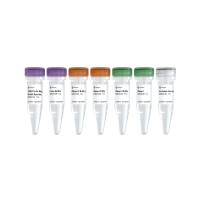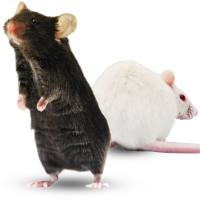The Pemoline Model of Self-Injurious Behaviour
互联网
493
Traditional models of neuropsychiatric disorders consist of attempts to replicate the broad spectrum of behavioural and neurochemical
sequelae that characterize a specific disorder. However, these disorders comprise complex constellations of symptoms, including
emotional instability, perseverative thoughts, and aberrant behaviours. Close examination often reveals heterogeneity of symptom
expression within patient groups and homogeneity in expression of specific symptoms across diagnostic categories. Accordingly,
it may not be possible to model the entire spectrum of characteristics for any one of these disorders in any single animal
model. A focus on one or more specific behavioural characteristics (e.g. self-injury) may be a more fruitful strategy. Development
of behaviourally focused models yields increased understanding of the genetic basis and biochemical abnormalities that underlie
specific psychiatric dysfunctions. Furthermore, by revealing pathophysiology that underlies specific disease characteristics,
behaviourally focused models improve translational power and help to identify targets for effective pharmacotherapies. One
such behaviourally focused animal model is the pemoline model of self-injurious behaviour.








